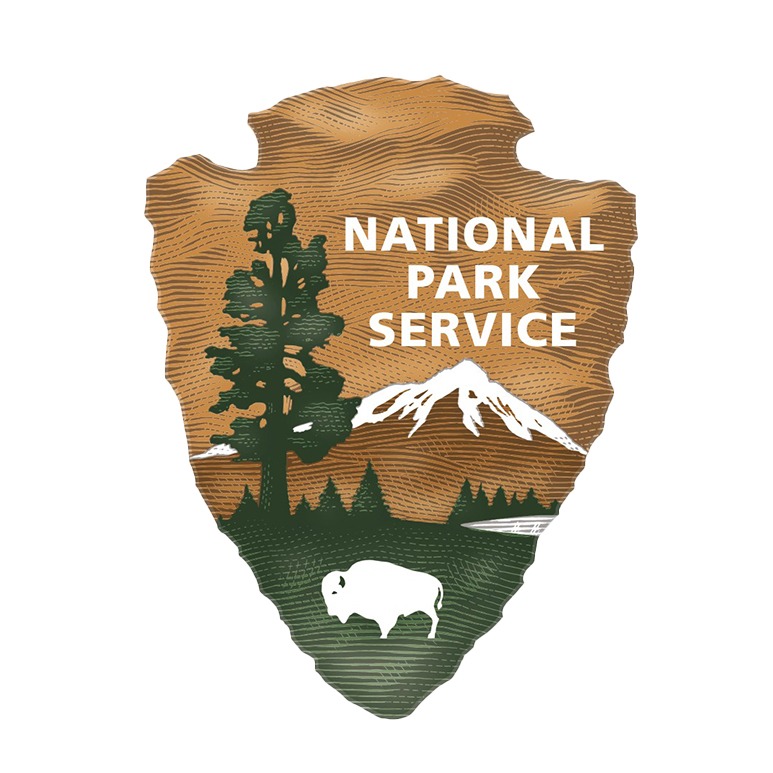*This is a 2022 archived project, view this year’s projects here.
Project overview: Plant milkweed and native plants to provide food and habitat for monarch butterflies and other pollinators.
How your support helps: Monarch butterflies are rapidly headed toward extinction – the western population of monarch butterflies is down 99.4% from the 1980s. These beautiful butterflies and several species of bees that occur in Yosemite are “threatened” or “endangered.”
But we know how to help them – plant more milkweed and native flowering plants!
In general, pollinators require a diversity of native plants for forage and habitat. Many Yosemite Valley meadow sites are challenged with non-native, invasive grasses that provide no habitat or food for pollinators. Many of these plants were intentionally introduced as forage for stock animals decades ago. But we know what plants should occur at these sites and which native plants will provide habitat for monarchs and hundreds of other species of pollinators.
Habitat protection and restoration in critical breeding sites, such as Yosemite Valley, are necessary for the survival of the species. We can ensure that when a monarch makes it to Yosemite Valley, it has the opportunity to thrive, breed, and enrich the larger population.
This year: Native plant and pollinator diversity will not recover in these areas without our help. Non-native, invasive grasses provide no value to pollinators. In 2022, your gifts will support the restoration of native flowering plants — such as the monarch’s host plant, milkweed — where non-native plants have displaced them.
Project partners: Yosemite National Park, California Conservation Corps, and Pahuma Nursery

